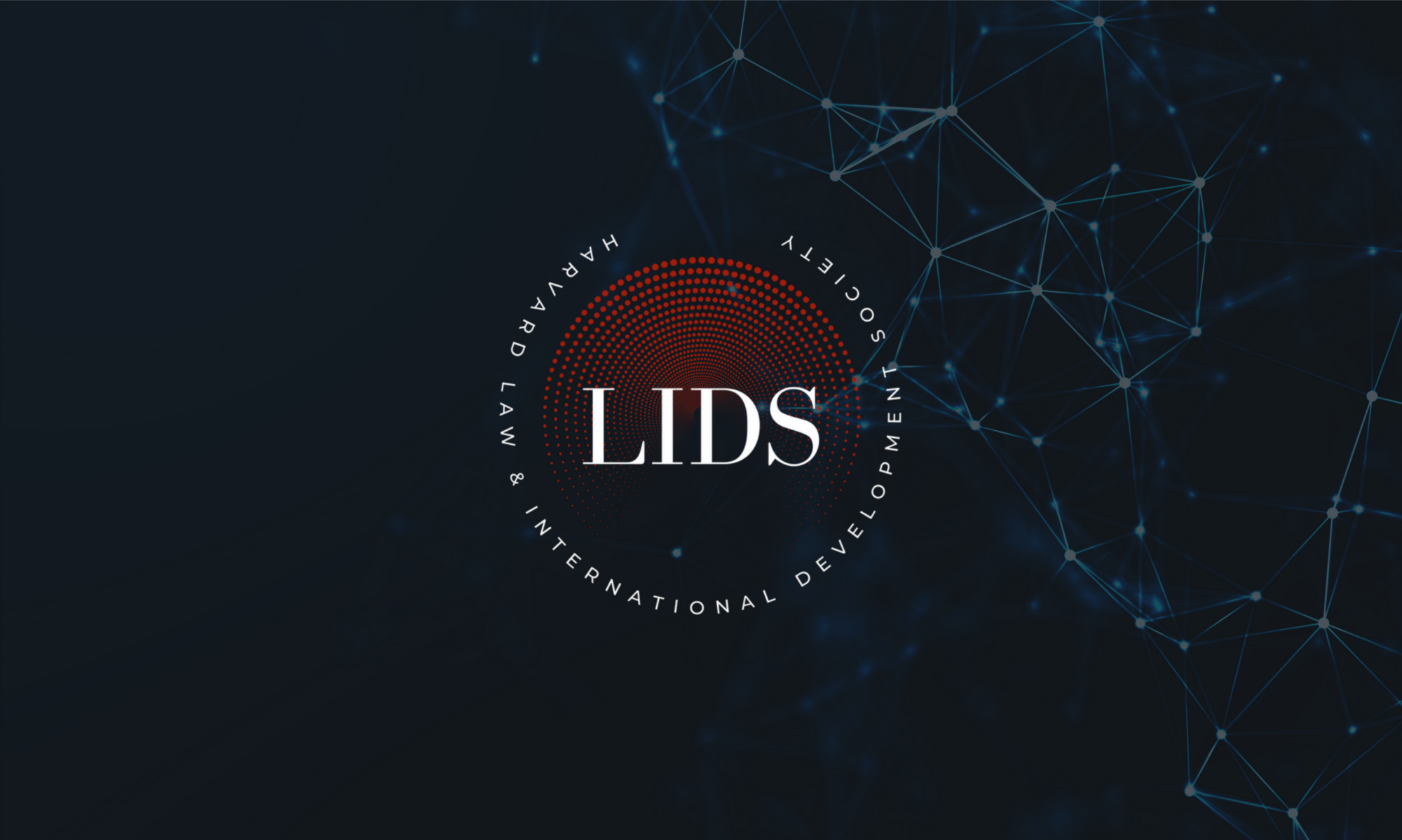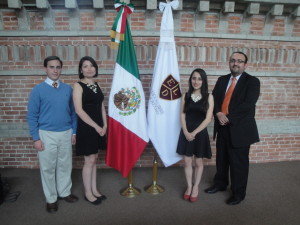By: Ted Brackemyre
When Qatar hosted the Fourth World Trade Organization (WTO) Ministerial Conference in Doha in November 2001, trade reform promised to better the lives of those both in the developed and the developing world. The Doha Ministerial kicked off the Doha Development Round negotiations—a round intended to provide less developed (LDCs) and developing countries more access to the benefits of the WTO regime. Fourteen years later the Doha Round lingers, unable to deliver significant gains to the developing world. The Bali Package, signed in 2013, offered some concessions to LDCs, but failed to provide the sort of meaningful changes envisioned of the Doha Round at the turn of the millennium. In December 2015, Kenya will host the Tenth WTO Ministerial Conference—the first African country to do so. However, with the Doha Round sputtering and little indication that the Kenya Ministerial will jumpstart negotiations, Africa may soon turn to its own reform—outside of the WTO system—to encourage development.
Further integration within the African Union (AU) is a possible source of growth. Established in 2002, the AU succeeds other pan-African integration efforts and models itself loosely off of the European Union (EU). Functioning as both a political and economic body, the AU’s plans to bring the entire continent into a single free trade area and customs union by 2019, a single market by 2023, and a single currency—colloquially called the afro—by 2028 present an ambitious economic integration agenda. Credit should be given to African leaders for not waiting on the developed world to get their act together, but growing support for monetary union in Africa is troubling.
Enthusiasm for a single African currency frequently awaits the promises of: 1) economic growth, 2) lower inflation, and 3) unity. First, a single market—with free internal trade and a single external tariff— and a single currency will foster economic growth. Trade within Africa will expand as tariff barriers and non-tariff barriers—e.g. the cost of exchanging different currencies—fall. Making cross border payments will be easier and, as a result, industries will develop at a regional and global level—boosting efficiency. Additionally, a single currency and the ability for that money to be used throughout the continent will attract more foreign direct investment (FDI). Increased FDI flows will improve the continent’s infrastructure—facilitating the development of a more modern economy. Second, monetary union assures lower inflation. With a larger transactions domain and a mandate to manage the monetary policy of all of Africa, the afro will be a less volatile money than its predecessors. The large number and diversity of national economies will engender faith in the afro—keeping inflation lower than before. Third, unity begets more unity. Akin to Frenchman Jean Monnet’s snowball theory of integration in mid twentieth century Europe, African leaders hope that taking small, easy steps—e.g. creating a free trade area—will allow states to witness the benefits of integration and support the undertaking of larger, more difficult steps—e.g. establishing fiscal or political union. Further, a monetarily unified Africa will be positioned better to combat many of the political disruptions that have long wrecked the continent. Economic sanctions and monetary restrictions will be effective, non-violent tools to combat violent coups and counter-coups when the entire continent operates within a single market and with a single money.
Proponents for a single African currency correctly identify many of the benefits of a shared money. The afro would lower transactions costs, facilitate pan-African monetary decision-making, and serve as a building block for greater African unity—both economic and otherwise. However, I caution against a hasty step to monetary union. As the EU has learned in recent years, managing a widely circulating single currency presents many challenges. Even assuming the AU has the institutional capacity to manage such a widespread currency, Africa—as an assembly of diverse economies—may not be suited for a stable, single money.
In particular, I worry about the disparity of macroeconomic policy preferences among African economies. Effective monetary policy requires that a money’s users share many of the same policy aims. Growth, inflation, and unemployment rates must roughly align with one another. Without alignment, monetary policy will be at best inadequate and at worst harmful.
As a continent experiencing various stages of economic development and burdened with a history of inflationary episodes, it is unlikely that countries using the afro will share similar inflation and unemployment preferences. For instance, imagine a scenario in which a central African state needs to devalue—making its exports more competitive—in order to lower a growing unemployment rate. At the same time, though, a southern African country faces inflationary pressures and demands retractionary monetary policy to avoid an inflation crisis. Monetary policy could help resolve either problem—just not the same monetary policy. The central state seeks lower interest rates and an expansion in the money supply, while the southern state needs higher interest rates and a retraction in the money supply. Such is the key tension in supranational monetary policymaking. The African Central Bank cannot service both countries’ needs. Either one, or both, will be left with policy that actually worsens their problems. While this scenario is hypothetical in the case of the afro, it is very real in the case of the euro. With its history of hyperinflation and robust economic output, Germany prefers low inflation at the expense of relatively higher unemployment. Meanwhile, the sputtering Greek economy is willing to trade high inflation for a boost to GDP and a reduction in unemployment. Sitting in Frankfurt, the European Central Bank (ECB) traditionally favors the northern European approach of German-style low inflation at the expense of its southern brethren. Now, Greece is on the verge of default and an exit from the eurozone that threatens the stability of the entire union. It is not hard to imagine a similar situation playing out in the afrozone.
The problem of divergent policy preferences cannot be addressed solely through firm government commitments to the shared money. German responses to Greek cries for easy money often chastise the Greek government for irresponsible spending and poor economic structuring. The AU could protect against such poor governance with stronger commitments to low inflation rates, public debts, and deficits. However, even with those protections, the diversity of African economies will tear the single money apart. In developing countries, gross domestic product (GDP) fluctuates greatly on a yearly or even quarterly basis. Particularly in Africa, where commodity export prices heavily dictate economic performance, predictable GDP growth is unlikely. Even with a firm commitment to similar inflation policies, global economic forces may force a divergence. Envision a year in which gold and diamond prices skyrocket, but crude oil prices plummet. Gold and diamond producing countries will experience an inflow of cash, higher prices, and less unemployment. Oil producing countries will experience a decrease in national wealth, lower prices, and an increase in unemployment. All of a sudden, Africa’s gold and diamond exporters are feeling German and the oil producers Greek. In other words, from an entirely external source, the stability of the afro is disrupted. This example is purposefully over-simplified, but the point stands: both nationally, and as a collective economy, Africa lacks the diversity of industrial output necessary to combat adverse external shocks. It is not a matter of it, but a matter of when greater economic trends pull the African economies apart. Under such conditions, a stable, single money cannot exist.
Ultimately, the choice for Africa to enter into a monetary union is a trade-off. But, that trade-off is rather one-sided. The benefits of a single money are real—however, so are the costs. The diversity and natural wealth of Africa provide significant economic promise for the continent, but they make a single money an unwise endeavor. The afro is ambitious and the idea of greater African integration is not inherently bad. Nevertheless, Africa is not nearly ready for this new look. Besides being an ill-suited collection of economies for a single money, monetary union would put Africa in an awkward middle phase of integration. The afro would not be a natural monetary union in the sense that a stable system would require significant fiscal transfers to stabilize regional disparities and respond to adverse shocks. Fiscal transfers require fiscal revenues—i.e. taxes. And, taxation necessitates some form of political union. In essence, imposing a single money on Africa is really just the first step in creating a pan-African political union. Advocates of the afro will argue that is not the case, but they are either short-sighted or deceptive. The recent troubles in European integration portend Africa’s future if it pursues deeper integration. As the eurozone added more varied economies to its portfolio, the euro became increasingly difficult to manage. Africa’s economies are arguably more dissimilar than Europe’s. The only way to keep such a monetary union together would be fiscal—and then political—union. If Africa is not ready for total political union—it’s not—then monetary union is a troubling step.
Proposals for monetary union are attractive because facially they appeal to notions of unity and ambition. This type of multilateral governance is sexy because the tough choices are left to be made at local and national levels. The negative effects of a poorly instituted monetary system will be felt first by local and national governments. Only later will the supranational regime bear the blame. If the AU moves forwards with monetary integration it will have to do so alongside serious domestic institutional reform. Corruption, irresponsible spending, and other forms of poor governance will cripple the afro before it ever circulates. Combating poor governance is not easy and it may be impossible to garner local support for supranational integration, while simultaneously advocating for local governance reforms. African leaders should also look to the troubles facing other multilateral endeavors. The WTO, for instance, has failed to fully assimilate developing countries partially because of its many member states and the wide variety of interests they represent. A pan-African monetary union would—in many ways—re-create that problem. Effective monetary policy would be difficult to institute when required to cover so many interests. Similarly, the AU in many respects patterns itself off of the EU. As such, the AU should be especially cognizant of the EU’s growing pains. The AU may want to consider limiting membership—or at least membership to the afrozone—to economies that are intrinsically similar. The eurozone’s Maastricht criteria attempt to do so, but focus solely on inflation, debts, and deficits. Moreover, the eurozone frequently relaxed the Maastricht criteria. Afrozone membership criteria should focus on growth, inflation, and unemployment rates, in addition to public debts and deficits—and do so more strictly. Alternatively, the AU should consider breaking down into regional agreements for deeper integration. Free trade may be able to be negotiated at an Africa-wide level, but for governance areas that demand flexibility and political accountability—e.g. monetary and fiscal union—the regional level is more appropriate.
Regional monetary governance offers a solution that avoids many of the difficulties of a continent-wide currency. At the regional level, monetary policy can be tailored precisely—taking into account regional preferences, business cycles, and external shocks. The West Africa CFA franc and the Central Africa CFA franc currently operate as regional currency unions. Additionally, the Common Monetary Area links several currencies in southern Africa to the South African rand. These institutions are not perfect, but they demonstrate a willingness and an ability of African leaders to think creatively about regional governance solutions. These efforts should serve as examples as those same leaders seek to develop their own solutions—i.e. not relying on the WTO and other western-centric regimes—to their continent’s development problems. The recent trend of African countries looking inward for development solutions is encouraging. But, African integration efforts must avoid the mistakes of Europe. Without strong, unified fiscal and political leadership, assembling diverse economies with varied monetary policy needs is a nearly impossible task. Monetary integration and reform can play a key role in attempts at spurring development, but now—more so than pan-African unity—African economies need the flexibility and national and regional-level monetary policymaking.

